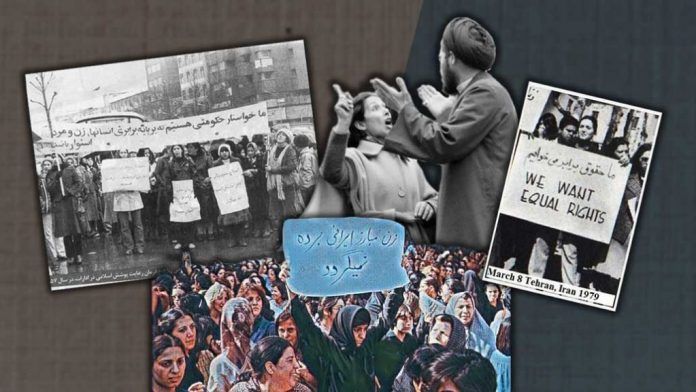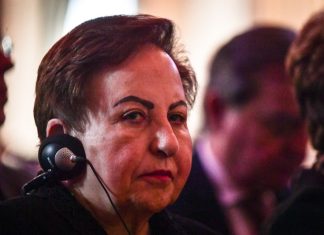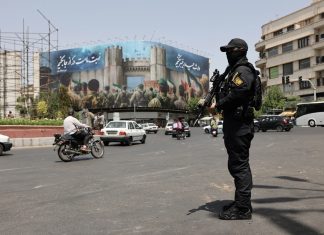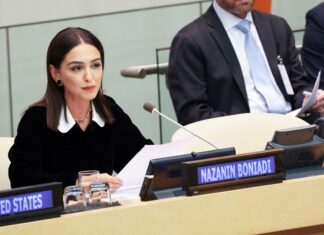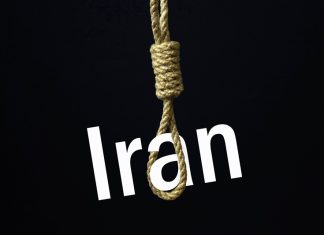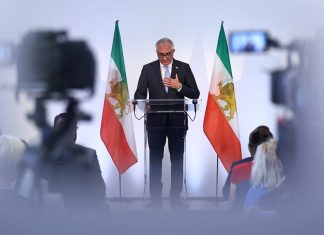By Kayhan Life Staff
Almost all alleged victims of domestic violence recorded in 2020 in Iran were women, a report by the Iranian Students News Agency (ISNA) on Nov. 25 said, citing data by the government’s Statistical Center of Iran (SCI).
The report noted that 96 percent of the alleged victims of 80,187 spousal abuse cases recorded by the Iranian Legal Medicine Organization (medical examiner office) last year were women. An estimated 96 percent of victims of incidents of domestic violence in the past four years have also been women.
The SCI’s report, released on Nov. 25 the UN International Day for Elimination of Violence Against Women, also said that of all of the domestic violence cases investigated by the medical examiner’s office from late March to early July, 96 percent and 75 percent, respectively, involved physical and psychological abuse against women.
Of the alleged 20,735 domestic abuse cases recorded by the medical examiner’s office during those three months, 699 were committed against men, and the remaining 20,036 were against women. Of the 56 psychological abuse reported cases examined by the medical examiner’s office in the spring of this year, 14 were men and 42 were women. The SCI’s report showed a 7 percent and 86 percent increase in physical and psychological abuse, respectively, compared to the spring of last year.
The report also noted that the physical and psychological abuse committed against women had increased steadily between 2016 and 2020. While the number of domestic psychological abuse cases dropped in 2017 compared to a year earlier, it has gone up again during the coronavirus pandemic in the past two years.
A report by the Iranian Psychiatric Association in 2018 said women suffered domestic abuse at a higher rate than children and the elderly in Iran. Some 20 percent of Iranian women were victims of physical violence, while nearly 60 percent experienced emotional abuse, the report added.
Broadening Iranian Women’s Rights: Georgetown Conference Discusses Strategies
A year earlier, the office for the Development of Prevention and Treatment of Addiction of the State Welfare Organization of Iran released a report that said 27 percent of women aged 19 to 49 living in Tehran had been victims of some form of domestic abuse. While 9 percent of those women had suffered emotional abuse, 7.9 percent had endured verbal abuse, and 5.4 percent were victims of physical violence.
In the past four decades, the Islamic Republic’s Family Protection Law and Children’s Protection Act have failed to protect women and children adequately. Domestic abuse, underage marriages, child labor, honor killings, and institutionalized and wholesale discrimination against girls and women indicate a failure on the part of the executive, legislative, and judiciary branches to correct these legal and social ills.
The absence of clear and robust laws against domestic abuse and the unwillingness of the judicial authorities to enforce existing laws allow violence against women to continue with impunity. Despite the best efforts of human rights groups to improve conditions in the country, current discriminatory practices are likely to prevent a decrease in domestic abuse cases against women in Iran.
As her two reformist predecessors, Masumeh Ebtekar and Shahindokht Molaverdi, the current Vice President for Family Affairs and Women’s Rights, Ansieh Khazali, a conservative, cannot change the discriminatory laws and status quo. It is highly unlikely that the hardline cabinet of President Ebrahim Raisi will propose more robust family laws to protect women at home and in the workplace.

